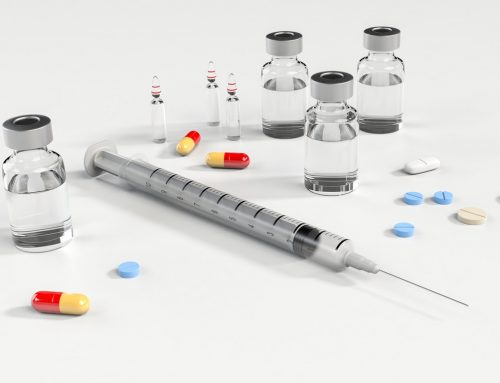Original article was published by Practical Dermatology in November 2019: https://practicaldermatology.com/articles/2019-nov/topical-steroid-addiction-in-dermatology-today.
An article, “Topical Steroid Withdrawal in Atopic Dermatitis” appeared in the August 2019 issue of Practical Dermatology®. I had several concerns about the information, content, bibliography, including the general tenor and ultimate recommendations.
The article in question only superficially scratched the surface of this problem that affects hundreds of thousands of patients, who have been mis-diagnosed, mis-managed and who search endlessly for medical help. The discussion of withdrawal failed to discuss my experience with patients who were addicted from one to 45 years. Therefore, I believe the best approach is to relate my 40 years of experience with the personal care and ultimate cure of now over 4,000 patients. The human toll and major socio-economic-medical ramifications that I have encountered include:
One patient death.
A patient suicide, related to me by a Hong Kong reporter.
Malpractice (six patients consulted with attorneys who did not take on the case, as not enough compensation was expected; one patient sued, went to trial, and lost; one patient engaged a law firm, was on the brink of acceptance, but some chicanery with a last minute but wrongly changed diagnosis on the part of the hospital created a problem and the law firm backed out).
Approximately 150 students from three to 27 years of age could not function and dropped out of school for one to one and a half years.
Approximately 150-180 adults who could not function in their work effort were placed on disability for six to 12 months.
Millions of dollars were spent on medications, allergy testing, endless blood tests, and multiple different consulting physicians who repeatedly suggested only more and stronger topical and systemic steroids, citing that the patients had “bad eczema.”
The establishment of three world-wide patient support groups with thousands of patients seeking advice, because they refused to seek further medical help, which they deemed valueless.
Clinical depression in 30-40 percent of patients.
Suicidal ideation in 10-20 percent of patients.
Hundreds of frenzied mothers seeking outrageous internet advice about leaky gut, gluten, allergy, esophageal eosinophilia, scores of elimination diets and advice from naturopaths, eczema specialists giving total body steroids under wraps, foreign MDs selling products, and oft given advice that your child will have this worsening disorder for the rest of their life.
Pharmaceutical companies formulating and strongly advertising products for the past 25 years that only minimally assuaged symptoms, not clearing the problem, because the diagnosis was steroid addiction not eczema. Several new drugs are being evaluated.
Experience with approximately 50 patients who consulted with me after failing in their withdrawal (and some were still using steroids) and had been treated for up to a year with Dupixent.
Approximately 15-18 different communities, following an MD or hospital complaint, sent social welfare personnel to either interview or take away children believing the parents were endangering the child by not using steroids. I needed to intervene in all instances and I prevailed each time.
Systemic problems (Two patients had adrenal shutdown; Three patients had osteonecrosis (two in the lower spine, one in the hip)). No patients experienced glaucoma, peptic ulcer, increased blood pressure, or diabetes.
Only one patient used OTC 1-2% hydrocortisone for 22 years, but was clinically addicted after probably 10 years. All the other patients used prescription topical corticosteroids.
Seborrheic dermatitis, psoriasis, chronic ‘winter itch’, post laser and phenol peel patients, and Grover’s disease also use steroids chronically and may develop addiction necessitating withdrawal. This addiction is not confined to just atopic dermatitis.
This list of my experiences will hopefully open a further dialogue into this iatrogenic problem.






